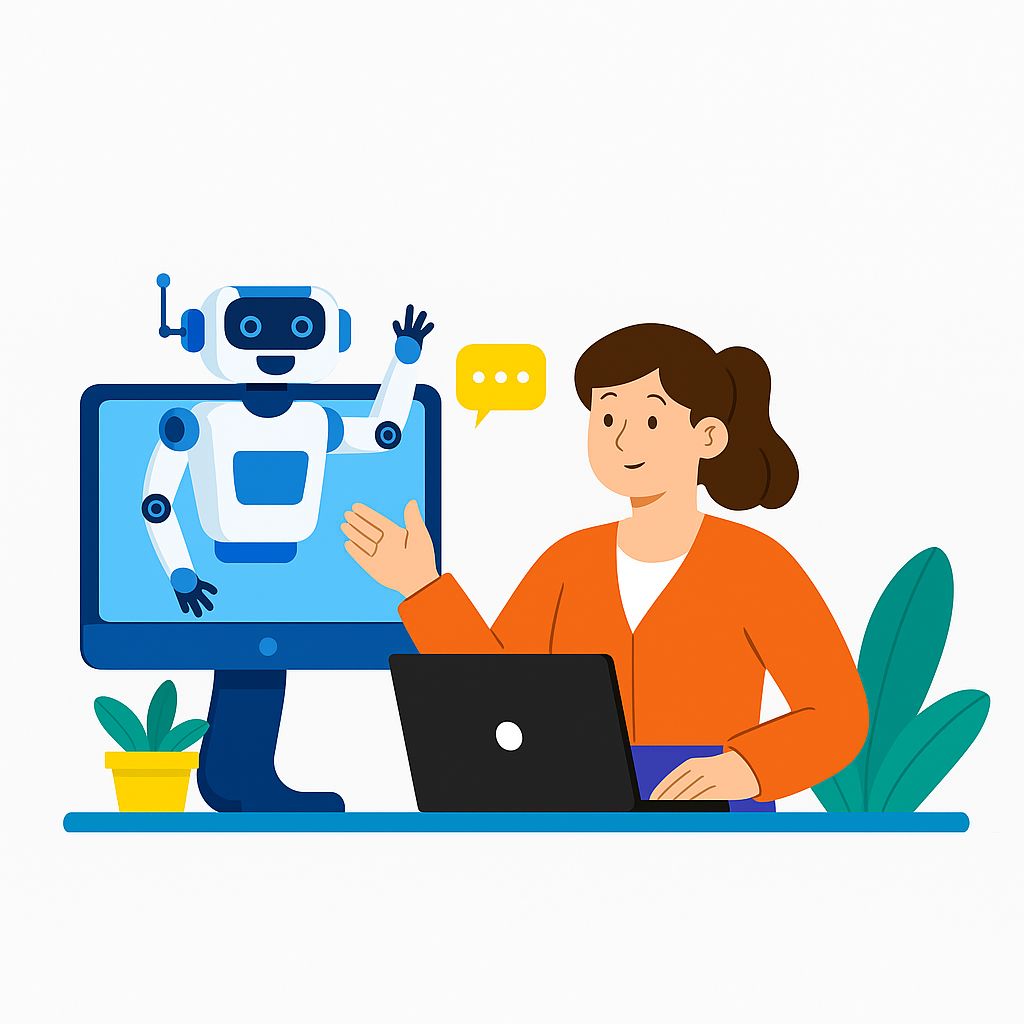How ChatGPT is Supporting SLPs, OTs, PTs, and Psychotherapists in Their Daily Work

Artificial intelligence is no longer just a buzzword — it’s becoming a practical companion in therapy rooms, clinics, and schools. Among the most powerful tools leading this shift is OpenAI’s ChatGPT.
Whether you’re a speech-language pathologist (SLP), occupational therapist (OT), physical therapist (PT), or psychotherapist, AI now offers creative, efficient, and even therapeutic ways to support your daily work. From documentation to tool creation to collaboration, the possibilities are expanding — and they’re accessible.
A Smarter Assistant: ChatGPT’s Customizable Memory
One of the most game-changing features in GPT-4-turbo is its customizable memory. This allows the AI to retain important preferences and clinical context across your interactions.
You can train ChatGPT to remember your preferred tone, your caseload (e.g., pediatric neurodevelopmental, adult neuro rehab), or how you typically structure your notes.
Examples:
- An SLP can teach the AI to generate progress notes in a school-based format.
- A psychologist can ask for therapy summaries aligned with CBT models.
- An OT can receive sensory strategy suggestions tailored to their client population.
Over time, the AI becomes more intuitive — helping you draft documents, organize thoughts, and even suggest goals or templates that feel personalized and clinically relevant.
Visual Thinking: Image and File Uploads
Another powerful feature? You can now upload images, PDFs, and other files directly into ChatGPT.
Here’s what that can look like:
- An OT uploads a handwriting sample and asks for developmental feedback.
- A PT shares a posture diagram and requests exercise adaptations.
- An SLP working with AAC uploads a communication board and asks for activity ideas.
- A psychotherapist adds a psychoeducational worksheet and explores how to simplify or reframe it for a child client.
The AI interprets, summarizes, and offers useful suggestions in real-time — a game-changer for session prep and documentation.
Documentation, Reimagined
Let’s face it: documentation is necessary, but it eats up time and mental energy. With the right prompts, AI can help you:
- Generate clean SOAP notes
- Structure evaluations or progress updates
- Write client summaries based on your raw notes or transcripts
Even better: AI can translate clinical language into caregiver-friendly terms, helping families better understand reports and recommendations. This is especially helpful in early intervention, inclusive education, or when working with multilingual families.
Creating Cognitive and Language Tools
AI can also act as a creative partner when building therapy materials.
For example:
- An SLP could ask ChatGPT to simulate a dialogue for practicing pragmatic language.
- A psychologist might request a script for emotion identification using age-appropriate vocabulary.
- A clinician could ask for a pretend-play scenario, visual schedule, or social story tailored to their client.
Instead of spending hours prepping materials, AI lets you co-create customized, engaging tools in minutes.
Cross-Disciplinary Collaboration Made Easier
AI isn’t just for your own field — it also supports cross-disciplinary understanding.
Imagine:
- An OT learning language milestones to better support communication during ADLs.
- A PT exploring executive functioning strategies to help with transitions in therapy.
- A psychotherapist gaining insights into sensory processing to support emotion regulation.
In school teams or rehab centers, ChatGPT becomes a shared tool for collaboration, learning, and more holistic care.
Final Thoughts: AI as a Partner, Not a Replacement
Let’s be clear: AI is not here to replace us.
It’s not capable of replicating the empathy, intuition, and human connection at the heart of therapeutic care.
But it can be a powerful partner:
- Lightening the documentation load
- Helping you plan more creatively
- Supporting accessibility and collaboration
- Giving you time back to focus on the most important part of your job — your clients
As AI continues to evolve, we have a choice: ignore it, or integrate it ethically, intelligently, and creatively into our practice.
The future of therapy isn’t “human vs. machine.” It’s humans and technology — working together, for better care.
Want to go further with AI in therapy?
We’ve got you covered!
At Happy Brain Training, we offer tailored e-learning programs designed for therapists of all backgrounds — whether you’re just starting or ready to level up your use of AI.
💡 Beginner. Intermediate. Advanced.
All trainings are practical, 100% online, and created by clinicians who understand the real-world demands of therapy work.
👉 Browse our available trainings at: www.happybraintraining.com
📬 And don’t forget to subscribe to the Happy Brain Training newsletter — now available in English and French — for bi-weekly updates on tools, ethics, case examples, and the “AI of the Week.”
